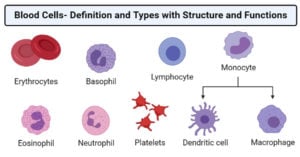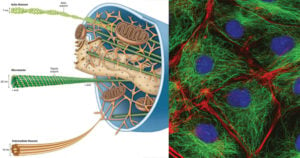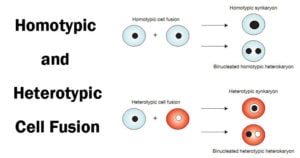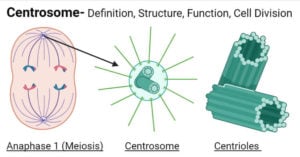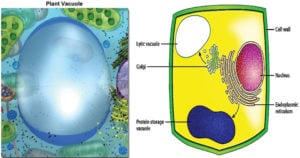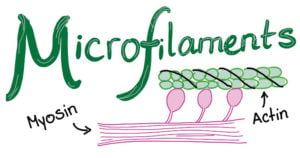Blood Cells- Definition and Types with Structure and Functions
Blood cells, also known as hematocytes, hemocytes, or hematopoietic cells, are cells produced mostly in the blood and are synthesized primarily in the red bone marrow. Blood cells make up … Read more

